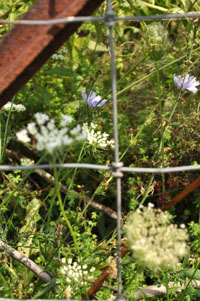Posted by · Leave a Comment
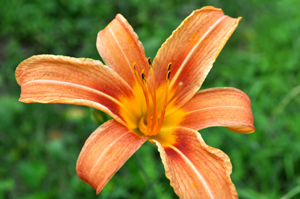 Daylilies are in full, blooming glory along our Pennsylvania roadsides now. I always assumed, because of their location, that these were the native variety. I was wrong (not for the first time, mind you).
Daylilies are in full, blooming glory along our Pennsylvania roadsides now. I always assumed, because of their location, that these were the native variety. I was wrong (not for the first time, mind you).
According to daylilies.org (hey, where else was I going to look for answers?) daylilies that dot roadsides “escaped” at some point–that is, they are a hybridized version of the wild/native and the domesticated varieties which have been around since the 30s.
Underground bulbs of the wild lily reproduced vegetatively or were dispersed by hungry rodents. Native Americans also ate the bulbs, boiled; Cree referred to the species as “mouse-root” because of its association with voles. (Mind you, the lily family contains species not safe to consume).
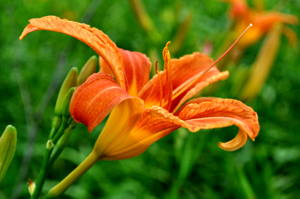 Hemerocallis is the genus name meaning “beauty” and “day”, hence the name “daylily” (each flower lasts only one day). However, I’ve learned through my online research that each daylily clump can produce 200-400 flowers in a season. Multiply that by the hundreds of clumps in any roadside stand of daylilies and you’re in for a spectacular show lasting throughout the better part of the summer!
Hemerocallis is the genus name meaning “beauty” and “day”, hence the name “daylily” (each flower lasts only one day). However, I’ve learned through my online research that each daylily clump can produce 200-400 flowers in a season. Multiply that by the hundreds of clumps in any roadside stand of daylilies and you’re in for a spectacular show lasting throughout the better part of the summer!

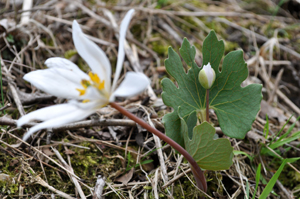 Beautiful Bloodroot is a woodlands flower that blooms, for us in Pennsylvania, during the first or second week in April. Large, lovely palm-sized leaves envelop a single white flower—the bloom lasting a mere week or so. Once the petals have fallen, the lush, green foliage heartily remains through the warm months.
Beautiful Bloodroot is a woodlands flower that blooms, for us in Pennsylvania, during the first or second week in April. Large, lovely palm-sized leaves envelop a single white flower—the bloom lasting a mere week or so. Once the petals have fallen, the lush, green foliage heartily remains through the warm months.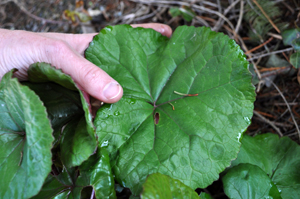 Before I go any further, let me mention: Bloodroot is TOXIC. Do not consume any part of the bloodroot plant.
Before I go any further, let me mention: Bloodroot is TOXIC. Do not consume any part of the bloodroot plant.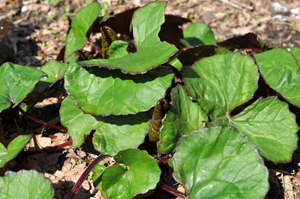 There is so much information online about this unique, singular, almost “reclusive” woodlands plant!
There is so much information online about this unique, singular, almost “reclusive” woodlands plant!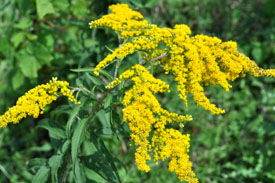
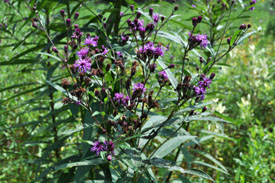
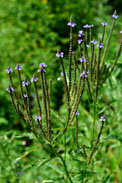
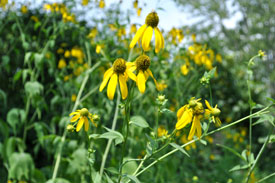
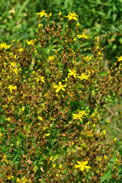
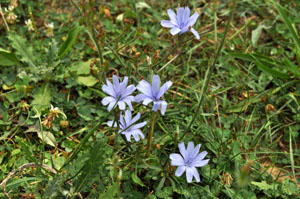 I used to bring mom big handfuls of Queen Anne’s lace which she displayed proudly despite her terrible pollen allergy.
I used to bring mom big handfuls of Queen Anne’s lace which she displayed proudly despite her terrible pollen allergy.